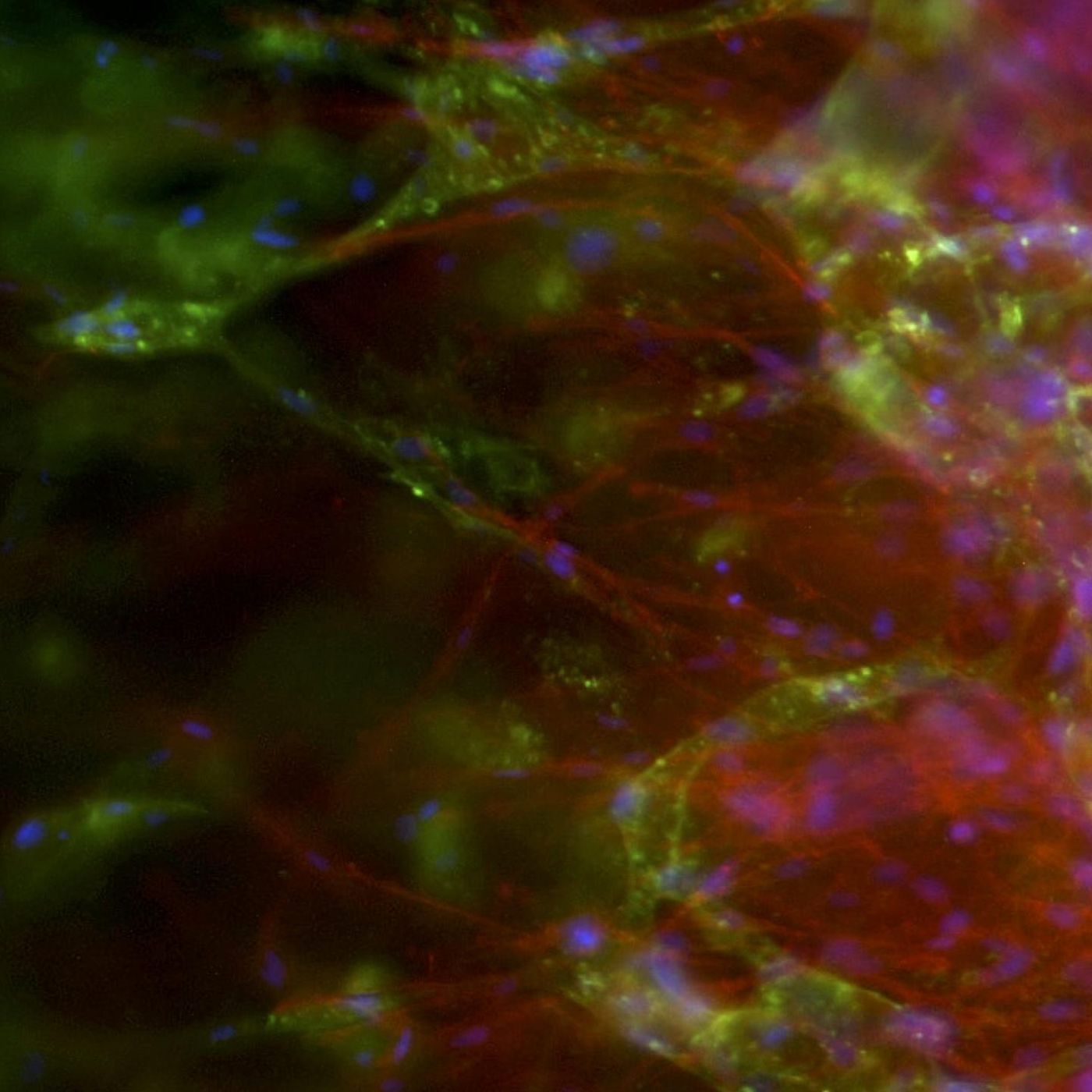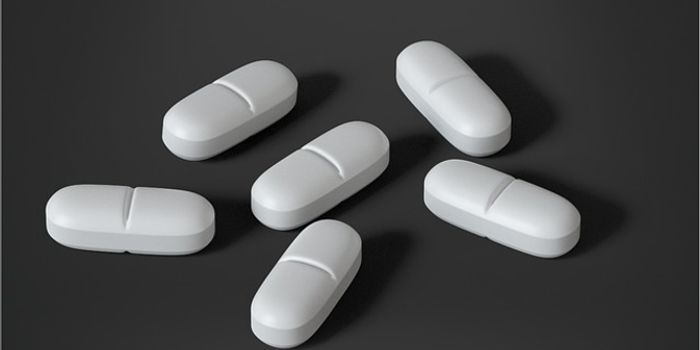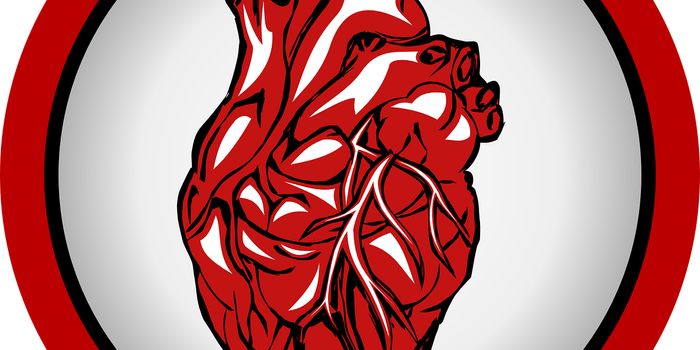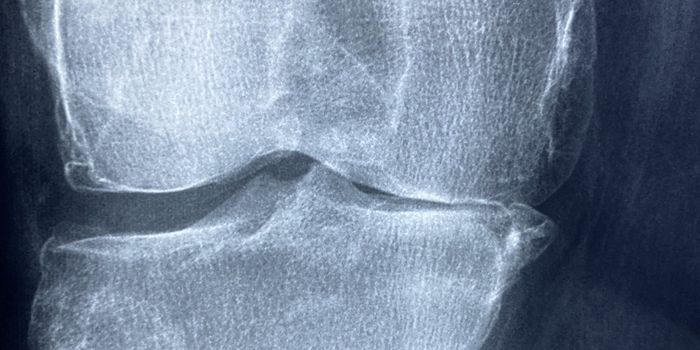For heart failure patients in need of new vasculature to provide ample blood flow to the heart, new research published in
Scientific Reports is extremely promising: the development of a new, patient-specific system of creating blood vessel networks to enhance regenerative and transplantation medicine.
Blood vessel networks being transplanted into a patient have to successfully connect to the existing network of blood vessels in order to have the best chance of successfully integrating into the body without rejection. Several factors can inhibit a seamless connection, and the newly develop system eliminates virtually all of the parts of the process prone to causing error, giving doctors a novel chance to provide patients with more successful procedures.
The new method, developed by a collaboration of scientists from the University of Bath Department of Pharmacy and Pharmacology and the Bristol Heart Institute, uses human platelet lysate gel (hPLG) to create a patient-specific blood vessel network. Using hPLG decreases the risk of transplantation rejection, allowing for more individualized medicine for growing tissues and organs
in vitro, destined for transplantation.
Unlike previous methods, using hPLG requires no use of animal products that increase the risk for rejection. Additionally, the new method contains endothelial progenitor cells (EPCs) that can easily be isolated from circulating human peripheral blood. Together with hPLG, EPCs provide a rich source of growth factors and structural proteins to sustain the three-dimensional networks of blood vessels.
As they circulate throughout the body, EPCs express several cell surface markers reflective of those expressed by vascular endothelial cells. Due to these similarities, EPCs can bind to the endothelium where needed, promoting new blood vessel formation.
“By embedding EPCs in a gel derived from platelets, both of which can be isolated from the patient’s blood, we have demonstrated the formation of a network of small vessels,” said Paul De Bank, PhD, co-author of the paper. “What is more, the gel contains a number of different growth factors which can induce existing blood vessels to infiltrate the gel and form connections with the new structures.”
Indeed, scientists see endothelial cells responding more efficiently to matrix-bound growth factors as opposed to solitary growth factors delivered as a therapeutic approach.
This new method for developing networks of blood vessels for regenerative therapies and transplantation procedures will greatly improve patient outcomes. Never has growing a “new blood supply from scratch” been so efficient and effective. For patients with chronic ischemic diseases, this is life-changing news.
Source:
University of Bath,
Cold Spring Harbor Perspectives in Medicine


















































